Swift action by the Gurugram Police leads to the arrest of two men from Uttar Pradesh who allegedly robbed a taxi driver of his vehicle and phone near Bhondsi. The car was recovered intact, and further links to interstate gangs are being probed.
In a strong display of efficiency, Gurugram Police have arrested two men accused of robbing a taxi driver of his car and mobile phone in Bhondsi within a day of the crime. The stolen vehicle, a white Swift Dzire, was traced using advanced surveillance and highway alerts before the suspects could cross state borders.
How a Routine Ride Turned Violent
Gurugram, October 24 – A routine night shift turned into a nightmare for 34-year-old cab driver Rohit Verma on Wednesday, when two passengers he had picked up from the Subhash Chowk area allegedly assaulted him, pushed him out of his car near Bhondsi, and drove away with the vehicle and his mobile phone. Less than 24 hours later, the Gurugram Police traced and arrested the duo — identified as Mukesh Yadav (25) and Suraj Pal (22), both residents of Gonda district, Uttar Pradesh. The stolen car has been recovered, and a case registered under multiple sections of the Indian Penal Code including 392 (robbery), 365 (kidnapping with intent), and 34 (common intention).
According to police reports, Rohit Verma, who operates under a private app-based taxi platform, received a booking for Sector 65 around 9 p.m. on Wednesday. The two passengers requested to be dropped near Sohna Road, claiming they needed to collect a parcel. About 10 km from Subhash Chowk, one of the passengers asked Rohit to pull over on a dimly lit stretch near Bhondsi on the pretext of taking a call. Within seconds, they allegedly overpowered him, hit him with an iron rod, and threw him out of the moving car. The assailants fled with the vehicle, a smartphone, and ₹ 2,500 in cash.
Shaken and bleeding, Rohit managed to reach a nearby dhaba, where the owner helped him contact the police. The Bhondsi Police Station team, led by Inspector Manish Dabas, immediately flashed an alert across neighbouring districts and initiated technical tracking of the stolen phone’s last signal.
The Digital Chase: Cameras, Checkpoints, and Coordination
The breakthrough came from the Crime Branch (South), which activated Gurugram’s Integrated Traffic Surveillance Network, a system connecting over 2,000 CCTV cameras across major intersections. Investigators located the car’s license-plate image captured at Gwal Pahari toll plaza around 11:30 p.m. The movement data showed the vehicle heading toward Sohna Road and then diverting toward Alwar Road — an unusual route that raised suspicion.
A dedicated team tailed the digital trail through cameras in Nuh district, eventually intercepting the suspects near the Rewasan border early Thursday morning. Both men attempted to flee on foot but were apprehended after a short chase. The stolen Swift Dzire, bearing registration number HR-55 AD-7412, was recovered intact. Police sources revealed that one of the accused, Suraj, had previously worked as a cab driver in Noida and was familiar with ride-booking systems and safety gaps, which helped plan the robbery. His partner, Mukesh, reportedly handled the sale of stolen vehicles to buyers in western UP.
“This swift action demonstrates that technology and field coordination can together deliver rapid justice. The safety of commuters, especially drivers working at night, remains our top priority.” — Vikas Arora, Commissioner of Police, Gurugram
What Police Recovered
- The stolen Swift Dzire car (HR-55 AD-7412).
- One Samsung Galaxy A15 phone belonging to the victim.
- A small iron rod used in the assault.
- Fake number plates and a duplicate key set intended for resale operations.
All items were seized as material evidence, and forensic examination has been initiated. The accused were produced in a local court on Thursday and have been remanded to four days of police custody for interrogation.
Inside the Investigation: From SOS to Arrest
| Stage | Action | Lead Outcome |
|---|---|---|
| Initial Alert | SOS call logged at Bhondsi PS; inter-district alert flashed | Checkpoints activated on exit corridors |
| Tech Activation | Integrated CCTV/ANPR network queried for HR-55 AD-7412 | Hit at Gwal Pahari toll; route deviation flagged |
| Hot Pursuit | Teams moved toward Nuh; highway units coordinated | Vehicle intercepted near Rewasan; suspects nabbed |
Official Voices: Assurance and Next Steps
DCP (South) Karan Goel said the investigation is being extended to identify a possible interstate vehicle-lifting network. “We suspect these individuals are part of a small gang operating along the Gurugram-Faridabad-Palwal corridor. We are checking similar FIRs from the past two months.”
Inspector Manish Dabas, who led the ground operation, highlighted the value of seamless human-tech synergy: “The cameras gave us a trail, but it was the speed of patrol cars and coordination across districts that closed the loop.”
The Victim Speaks: Fear, Relief, and a Plea
The victim, still recovering from minor injuries, expressed relief but also fear. “It all happened in a minute. I thought they would kill me,” Rohit told Sarhind Times. “I thank the police for getting my car back so soon. I just hope stricter checks are done for passengers using fake IDs.”
Fellow drivers across Gurugram have renewed their demand for mandatory panic-button integration in all app-based and city-permit taxis. Mobility platforms said the feature exists but must be linked directly to local police control rooms rather than to in-app call centers that can add minutes to response time.
Safety Gaps in Ride-Hailing: A Systemic Look
The incident highlights persistent vulnerabilities in India’s booming app-taxi ecosystem, where millions of rides occur daily with limited physical verification of passengers. Industry analysts estimate that less than 40 percent of users complete robust ID verification, creating loopholes exploited by criminals posing as legitimate customers. Gurugram’s Integrated Command and Control Centre (ICCC) is now working with mobility platforms to enable real-time emergency routing and geofence alerts for unusual detours during rides.
“Technology helps police after the crime, but prevention needs front-end integration — passenger ID validation, AI-driven trip monitoring, and distress-alert escalation within 30 seconds.” — Anupam Kumar, Transport Safety Consultant
Crime Trends: The Cab-Robbery Pattern
According to NCRB-based records, Gurugram registered 23 cab-related robberies between 2022 and 2024 — a rise of 18 percent compared with the previous three-year period. Most crimes occurred late at night on peripheral roads connecting to highways. In many cases, perpetrators hailed rides under false names and diverted vehicles toward rural belts in Nuh or Palwal for quick disposal. Senior officers argue that increased surveillance, more night-patrols, and the soon-to-be-implemented Automatic Number Plate Recognition (ANPR) network will act as deterrents, though prevention ultimately depends on alertness and cooperation from both drivers and app companies.
| Year | Cab-Related Robberies | Hotspot Corridors |
|---|---|---|
| 2022 | 7 | Sohna Rd, SPR, NH-48 spurs |
| 2023 | 8 | Badshahpur–Nuh link, KMP fringes |
| 2024 | 8 | Bhondsi–Alwar Rd, Rewasan border |
Legal Lens: Offences and Potential Sentences
Legal experts note that if the medical report confirms use of a weapon in the assault, Section 397 (robbery with attempt to cause death or grievous hurt) could be invoked, carrying a minimum sentence of seven years. Presently, the FIR includes Sections 392, 365, and 34 IPC. Prosecutors are weighing additional charges related to forged documents and vehicle-registration fraud if the fake number plates are linked to attempts at resale.
“Given the evidence — CCTV footage, recovered vehicle, and witness testimony — the prosecution’s case is strong. Courts, however, increasingly ask why preventive checks failed and what systemic fixes are being adopted.” — Ritu Malhotra, Criminal Lawyer
Community Response: From Outrage to Organizing
Local driver unions have petitioned the Gurugram Traffic Police for 24-hour safety helplines, dedicated night patrols on expressway belts, and visible signboards displaying QR codes for quick SOS scans. Citizen-watch groups from sectors 45 to 56 are volunteering to share community CCTV feeds with police databases. Urban policy researchers suggest a citywide Safe Transport Charter — integrating app-aggregators, fuel stations, and hospitality points into a real-time safety ecosystem.
Industry bodies have called for a fast-track working group that includes platform safety heads, police cyber cells, and civic-tech startups to pilot solutions such as verified passenger badges, device-binding for new accounts, and on-trip anomaly detection that can trigger police alerts in under a minute.
Tech in Policing: What Worked and What’s Next
Gurugram’s success in this case hinged on three elements: street-level camera density, interoperable dashboards that unify feeds from multiple agencies, and empowered patrol units with clear pursuit protocols. The city’s ANPR expansion, slated for early 2026, aims to add mobile plate-readers to highway patrol vehicles, enabling real-time cross-checks against watchlists and stolen-vehicle registries. Police officials also point to the need for a unified distress API so that any panic signal — whether from an app, a dashboard camera, or a phone shortcut — routes directly to the district control room with ride details pre-populated.
“This is predictive policing in practice. Within hours, license-plate analytics and tower-dump data pinpointed suspects who would earlier vanish for weeks.” — Dr Rakesh Pillai, Criminology Professor
Socio-economic Backdrop: Migration, Informality, and Crime
Police say both accused migrated from Uttar Pradesh seeking jobs but drifted into theft after sporadic employment. Investigators found multiple suspicious call-logs suggesting communication with small-time fences. While neither suspect had a serious prior record, their familiarity with the taxi ecosystem and peripheral routes indicates planned opportunism rather than random violence. The administration has announced intensified tenant-verification drives and updates to migrant-worker databases through local police stations — measures that officers say help map transient populations without stigmatizing lawful workers.
Driver Safety Playbook: Practical Steps for the Night Shift
- Enable the in-app SOS and bind it to a physical shortcut on the phone or steering-mounted trigger.
- Use partition-mounted dashcams with cloud backup; display a visible recording notice.
- Refuse detours onto unlit stretches; ask passengers to confirm changes within the app.
- Share trip live-location with a trusted contact; set automatic pings every 10 minutes.
- Keep minimal cash; use UPI for fuel and tolls to reduce robbery incentives.
Timeline: From Crime to Custody
| Phase | Date/Time | Milestone |
|---|---|---|
| I | Wed, ~9:00 p.m. | Ride begins from Subhash Chowk; passengers request Sohna Road drop |
| II | Wed, ~10:00 p.m. | Assault near Bhondsi; car and phone snatched; SOS relayed |
| III | Wed, 11:30 p.m. | ANPR hit at Gwal Pahari; route deviation to Alwar Road detected |
| IV | Thu, early morning | Interception near Rewasan; both suspects arrested; vehicle recovered |
Policy Outlook: From Case Success to City Standard
Following the arrests, the district is reviewing a Public Safety Charter 2026 that would mandate direct-to-police panic integrations for all commercial cabs, shared access to anonymized ride-telemetry for geofence alerts, and joint drills between platform command centers and police control rooms. The charter may also require fuel stations and 24×7 eateries along high-risk corridors to host emergency QR placards that trigger location-stamped distress calls.
Conclusion: Rapid Justice, Lasting Vigilance
The Bhondsi robbery case underscores a larger narrative: technology, teamwork, and timely action can outpace crime — but lasting safety depends on structural vigilance. For Gurugram’s 1.5 lakh registered cab drivers and countless night-time commuters, this case is not only about swift justice served; it is about trust cautiously restored. The hope now is that what worked in 24 hours becomes the everyday norm — a city where deterrence is visible, rescue is rapid, and rides are uneventful.


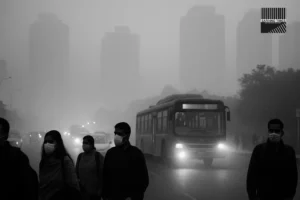
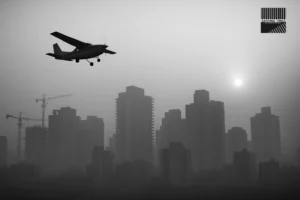
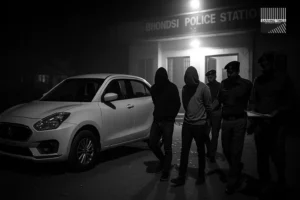
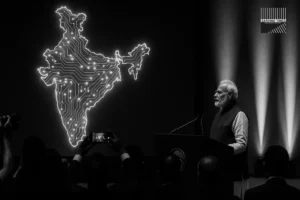
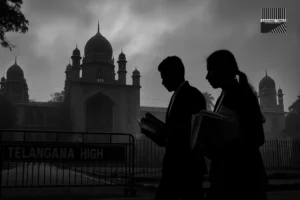
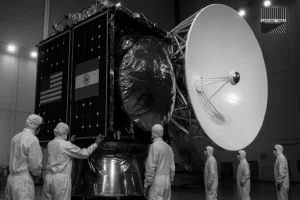




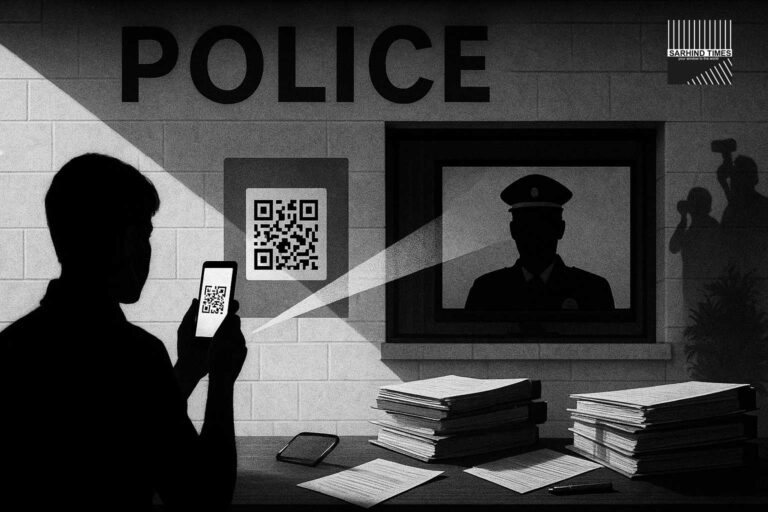
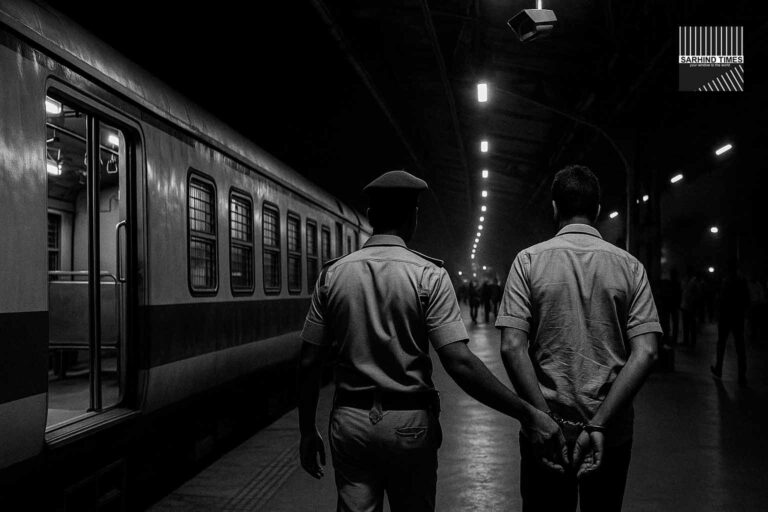


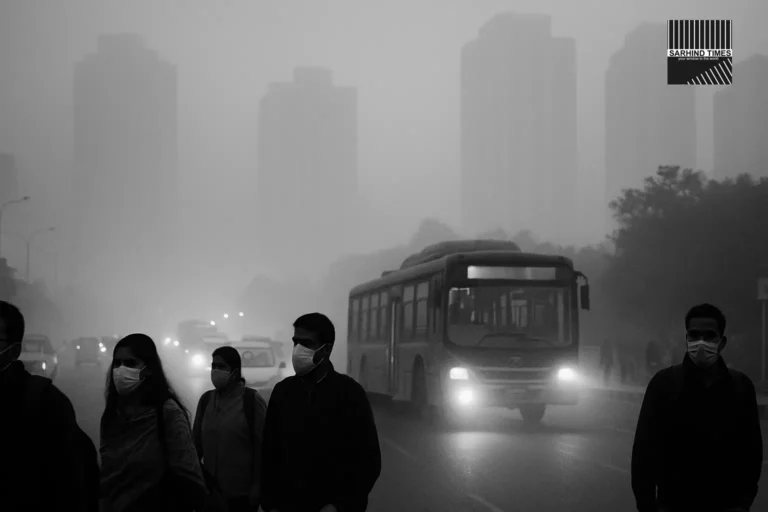
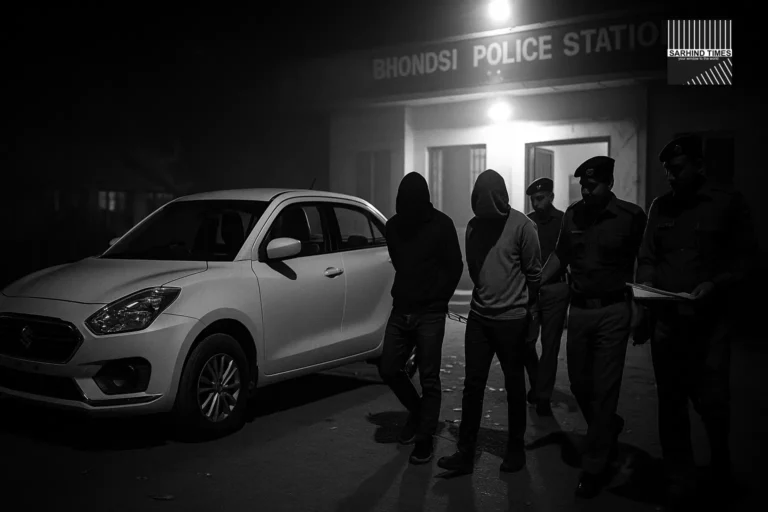
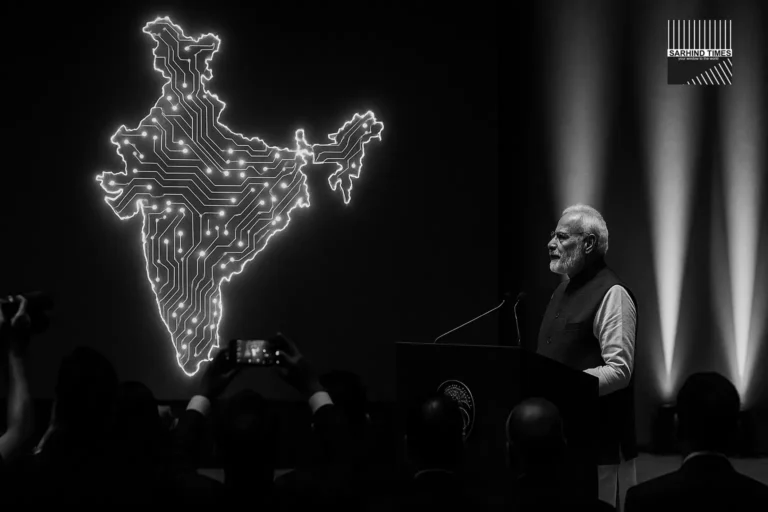
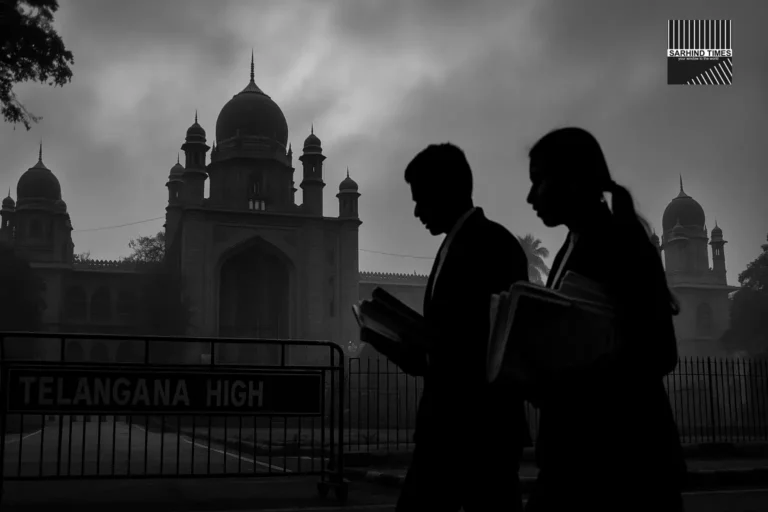
+ There are no comments
Add yours